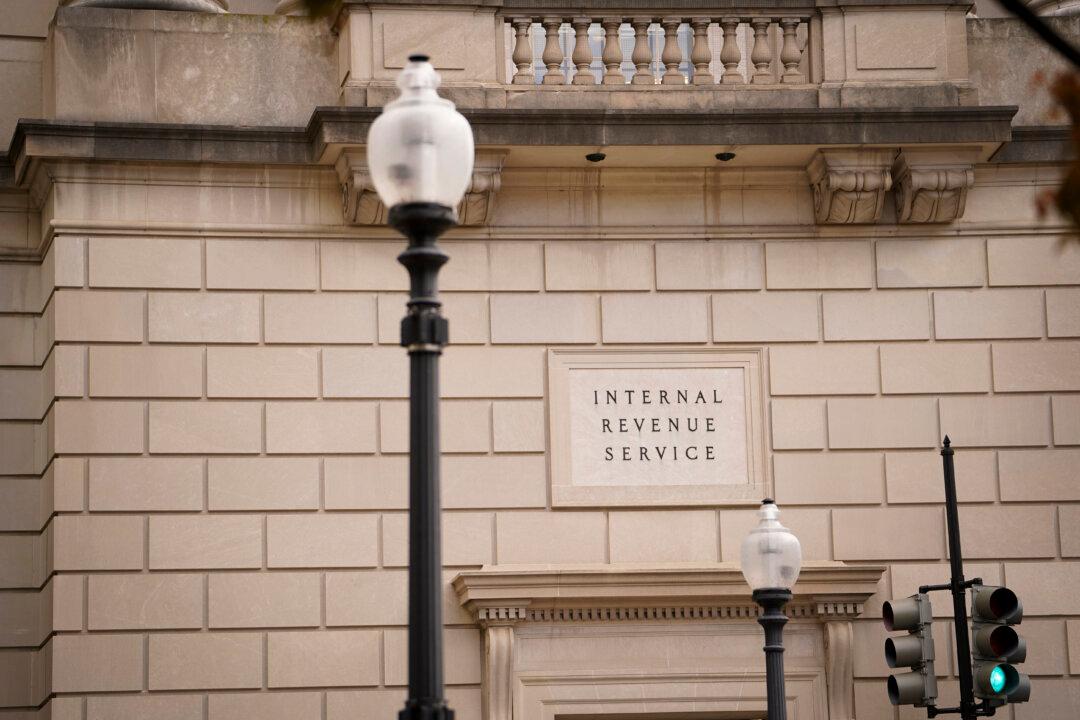The appeals office of the IRS will offer new taxpayer programs aimed at dispute resolution and focus on increasing awareness of such initiatives after an earlier government report said that dispute resolution programs were being poorly managed.
The IRS’ Independent Office of Appeals released its “Focus Guide” for fiscal 2024 year on Friday, highlighting the areas it seeks to improve to help taxpayers “resolve tax disputes in a fair and impartial manner without the need for litigation,” according to a Dec. 8 press release by the agency. One of the focus areas is the alternative dispute resolution (ADR) programs, which uses an IRS mediator to resolve tax disputes between taxpayers and the agency.





